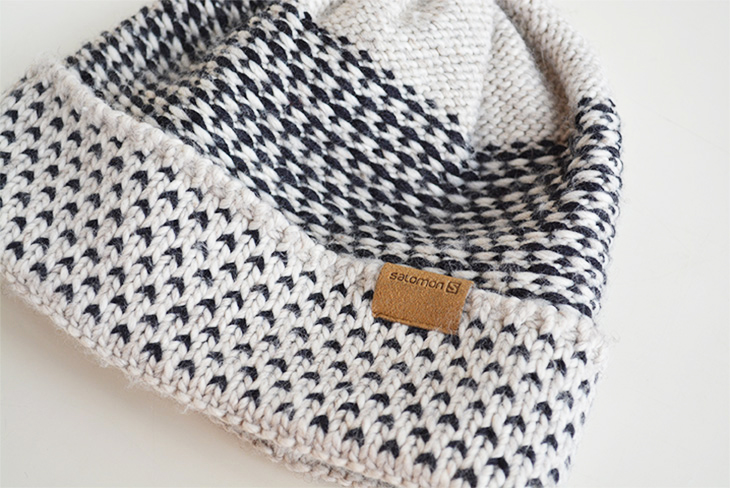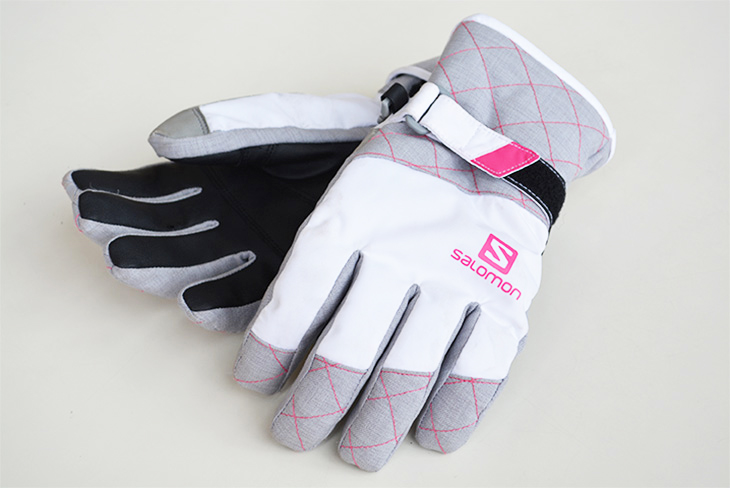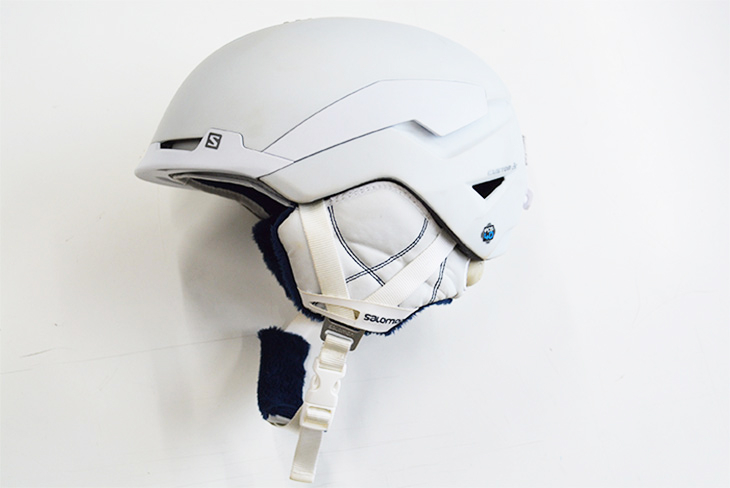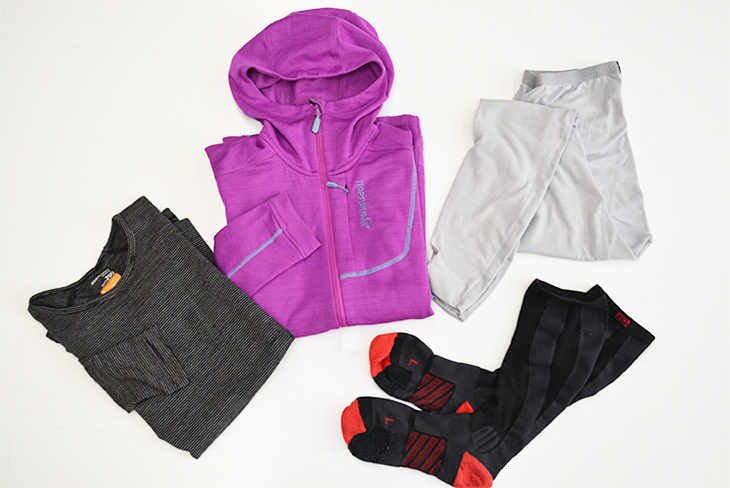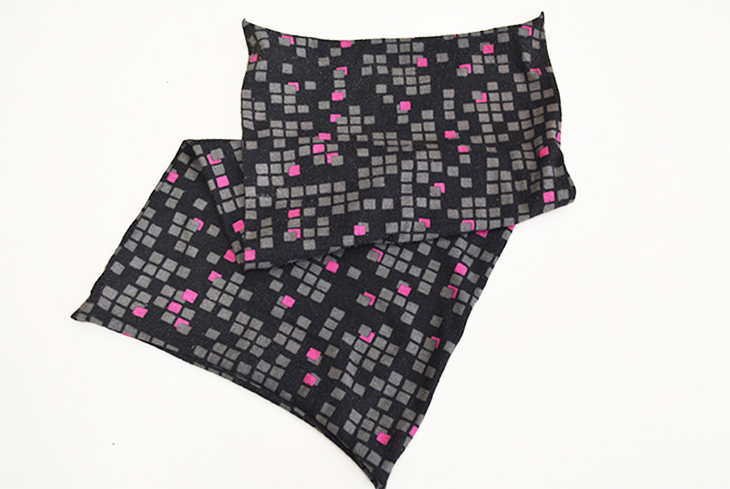Skis, snowboards, boots and other equipment you need for sliding down the slopes are available for rent, but you need to bring all other accessories yourself. Accessories for snow activities prevent you from getting cold and wet, and also protect your body from harm. Here's an introduction to the accessories you need and what they're for.
Must-have accessories
Goggles, gloves and hats are the three accessories that you definitely need for skiing and snowboarding. Ski resorts that offer these items for rent are rare, so it's better to get them yourself in advance. If you forgot to, you may purchase them in stores at ski resorts.
The role of goggles
Goggles are equipped with UV-cutting lenses that protect your eyes from UV rays. Sunlight reflects strongly off the snow in ski resorts, meaning you're exposed to UV rays both from the sky and the ground. If you leave your eyes unprotected, a symptom called ""snow blindness"" will occur, causing eye inflammation from the strong UV rays. Snow blindness causes redness and continuous tearing, and the pain will stop you from opening your eyes.
Ski/snowboard goggles better fit your face than sunglasses, and won't slip while you're sliding down the slopes. They are specially designed for winter activities.
The role of hats
Hats protect your head from the snow and wind as well as keep you warm. Without a hat, you risk frostbite to the ears or other parts exposed to the coldness and wind for long hours. Frostbite occurs when blood vessels contract in low temperatures, and triggers various unpleasant symptoms. Hats may not always look cool, but are important items in the snow mountains.
The role of gloves
When you're out in the snowy mountains, you should always wear proper ski/snowboard gloves instead of thin gloves or nothing at all. Blood vessels in the fingertips and body extremities easily contract in low temperatures, making these body parts prone to frostbites. Minor frostbite causes pain with itching or burning sensations. But in serious cases the skin changes color and may ultimately lead to necrosis (dead tissue). Fully protect your hands from the cold and wet by wearing ski/snowboard gloves that possess superior water-resistance features.
Helmets are also important to enhance protection
Increased safety awareness has led to more skiers and snowboarders wearing helmets. Helmets absorb shock and protect the head. Snow may freeze and become as hard as concrete in certain weather conditions, and there are also risks of colliding with obstacles such as trees and poles. But helmets reduce the risk of serious injuries from falling and collisions, and are important items that save lives.
Cold-protection items are also important
When at a ski resorts, you'll adjust your body temperature by what's under your skiwear. Examples include sweaters, fleece on innerwear, and thermal tights to warm your legs. Thick socks are also recommended. Once you get wet from sweat and snow, your body temperature falls and may trigger serious symptoms like hypothermia. Keep yourself comfortable with fast-drying, high-insulation clothing designed for use in alpine conditions.
Thermal items around the neck, such as neck warmers, are also convenient. They prevent the wind and snow from entering the collar and keep your body temperature from dropping. Wear warmers up to your face on days with low temperature and strong winds to avoid frostbite on your cheeks and nose.




